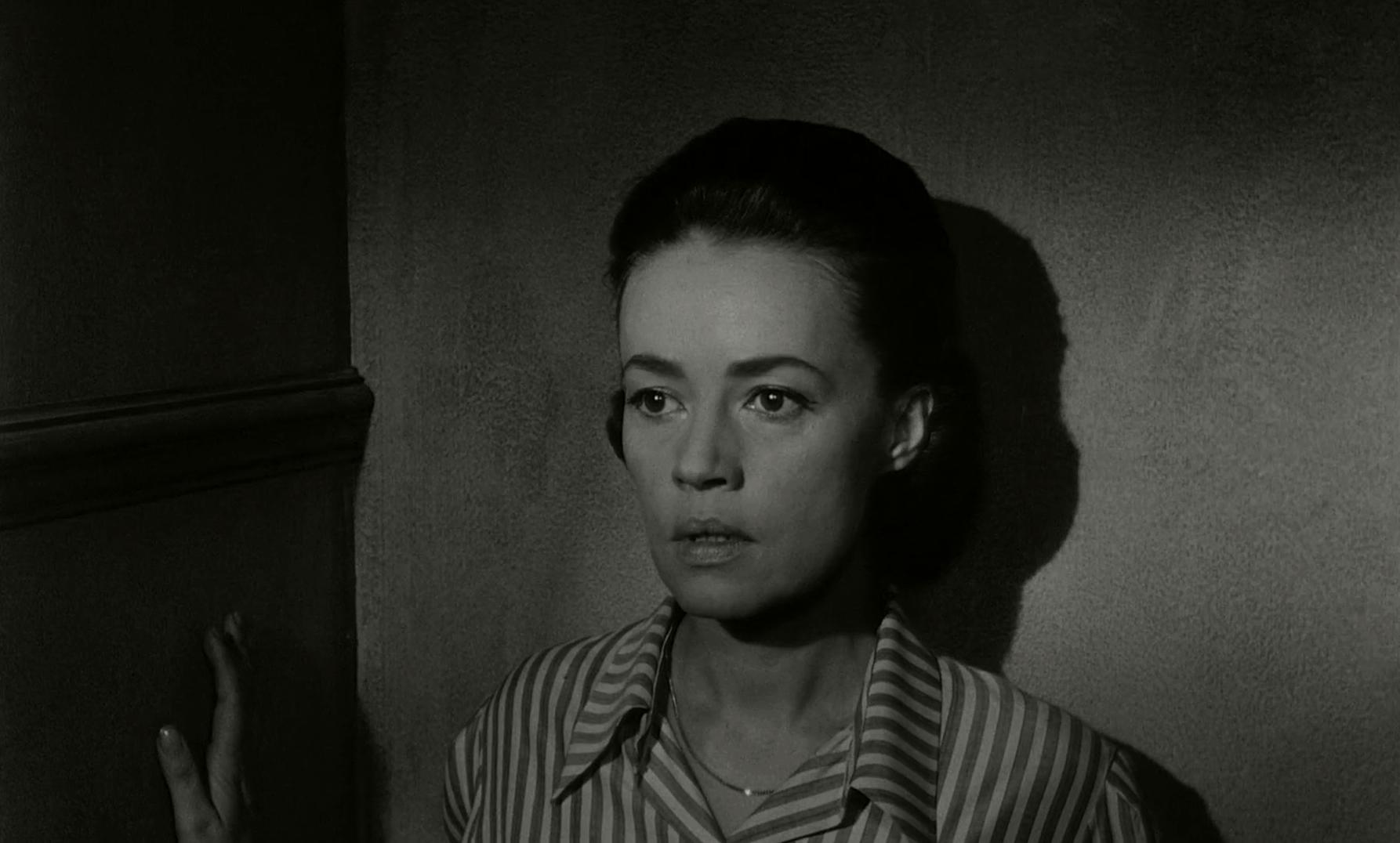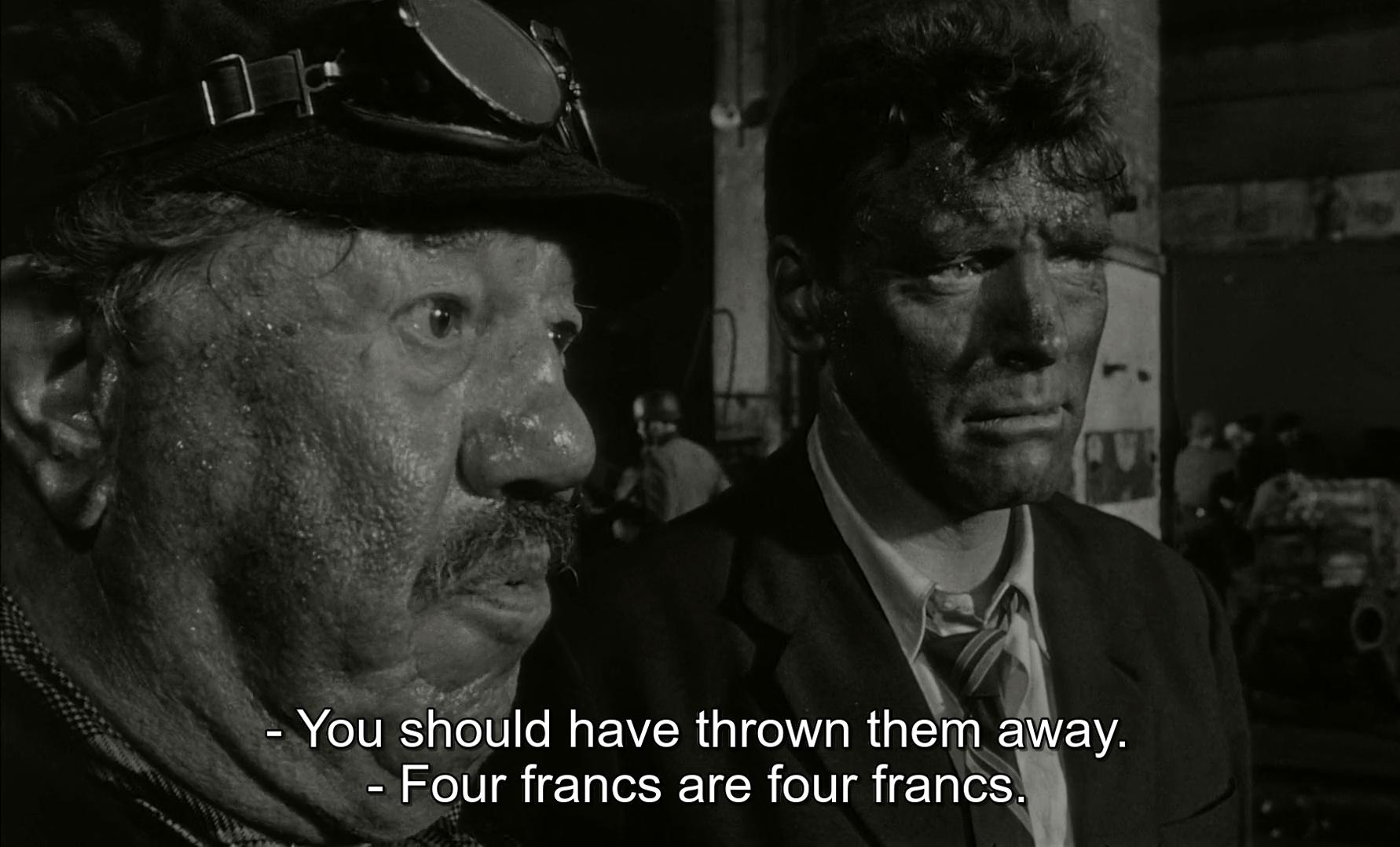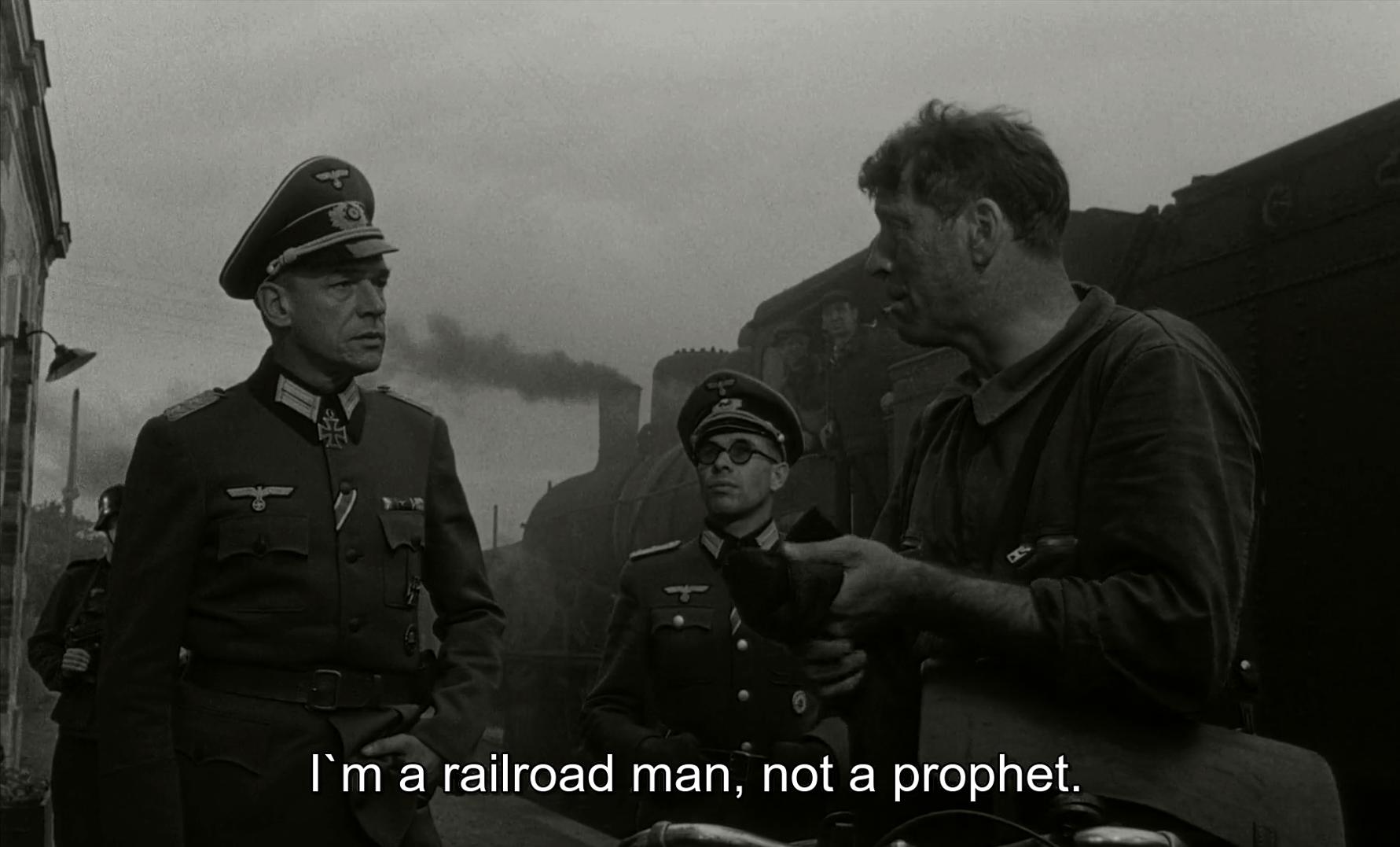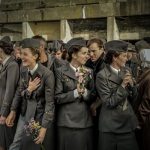🎬 Relentless Pursuit: A Deep Dive into ‘The Train’ (1964) – An Underrated Wartime Masterpiece

Director: John Frankenheimer
Main Cast:
- Burt Lancaster as Paul Labiche
- Paul Scofield as Colonel Franz von Waldheim
- Jeanne Moreau as Christine
Plot Summary:
“The Train” (1964) is a gripping wartime drama set during the final days of World War II. The film tells the story of a relentless struggle between a French Resistance fighter, Paul Labiche (Burt Lancaster), and a Nazi colonel, Franz von Waldheim (Paul Scofield), who is determined to transport a train full of priceless French art to Germany. As the train becomes a moving battleground, Labiche must use his wits and resourcefulness to prevent the theft, turning the entire railway system into a chessboard of sabotage and strategy.
Why It’s a Masterpiece:
“The Train” stands out as a wartime masterpiece for several reasons:
- Tense Realism: The film’s use of real trains, stunts, and locations lends it a gritty, realistic edge that pulls the viewer into the heart of the action. The tension is palpable, with every clattering rail and hissing steam engine adding to the suspense.
- Moral Complexity: Unlike many war films that simplify good versus evil, “The Train” delves into the moral ambiguities of war. Labiche’s mission isn’t just about saving art but also about weighing the cost of human lives against cultural heritage, posing tough questions that resonate long after the credits roll.
- Dynamic Performances: Burt Lancaster’s portrayal of Labiche is one of rugged determination, bringing depth to a character who is both hero and everyman. Paul Scofield’s von Waldheim is equally compelling, a cultured villain whose obsession with art makes him both sympathetic and despicable.
- Historical Context: Set against the backdrop of a real Nazi operation to loot art from occupied France, the film’s historical authenticity enhances its narrative power. The stakes feel incredibly high because they are rooted in the harsh realities of history.

Cinematic Techniques:
- Black-and-White Cinematography: The stark black-and-white imagery not only evokes the era but also accentuates the film’s themes of moral shades of grey. The cinematography, with its play of shadows and light, heightens the drama and adds to the film’s timeless appeal.
- Practical Effects: Frankenheimer’s commitment to practical effects, including actual train derailments and explosions, creates a visceral experience that CGI could never replicate. This dedication to authenticity is what gives “The Train” its enduring legacy.
Legacy and Influence:
- Critical Acclaim: While not as widely recognized as some other war films, “The Train” has been praised for its intense pacing, innovative direction, and thought-provoking narrative. It has influenced numerous filmmakers and remains a reference point for those exploring the intersection of war and art in cinema.
- Cultural Reflection: The film continues to be relevant today, resonating with audiences who see in it a reflection of the eternal conflict between cultural preservation and the ravages of war. Its themes of sacrifice, duty, and the value of art in society are as poignant now as they were in 1964.
Conclusion: “The Train” is not just a war film; it’s a powerful exploration of human resilience, cultural identity, and the costs of conflict. Its relentless pursuit of both artistic and moral excellence makes it a true wartime masterpiece that deserves its place in the pantheon of great cinema. Whether you’re a history buff, a film enthusiast, or someone who appreciates a good moral dilemma, “The Train” offers a thrilling, thought-provoking experience that stands the test of time.












